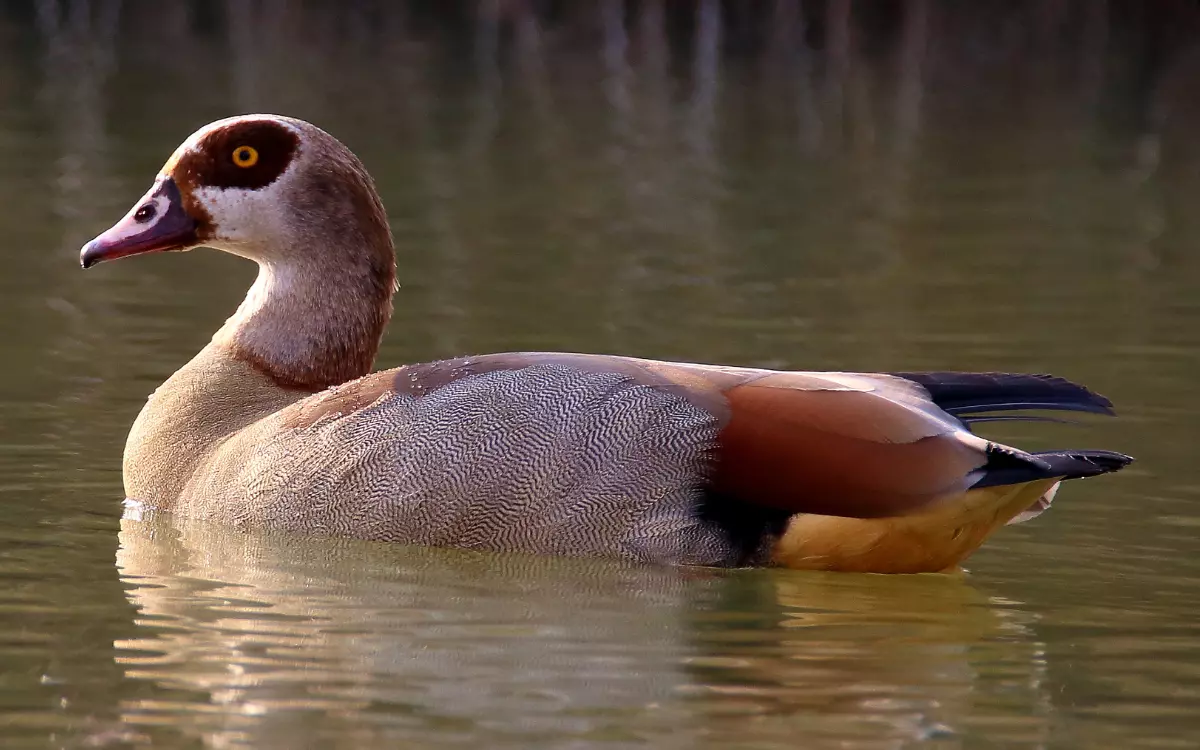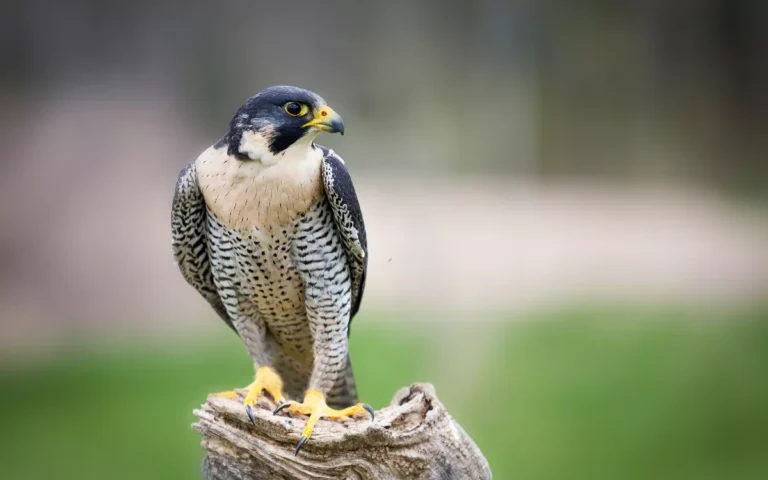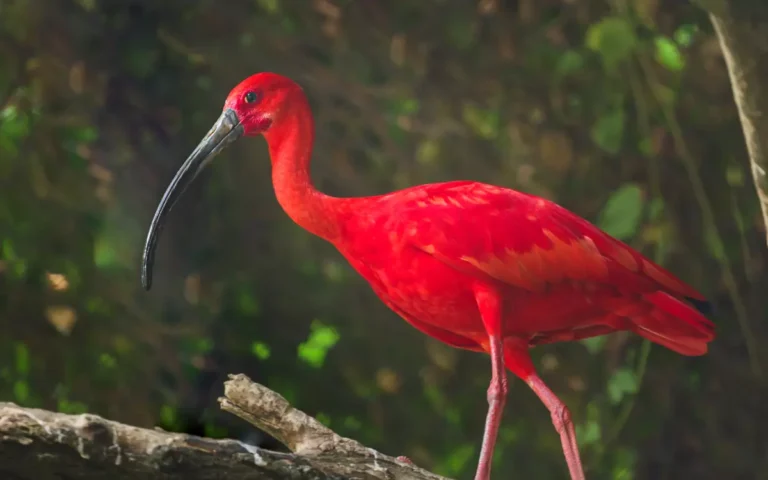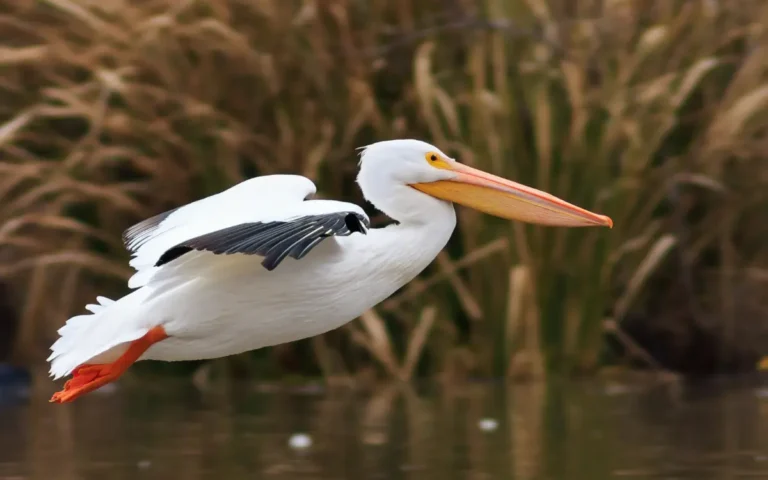9 Type Geese of Texas You See

In Texas, there are some really cool birds called geese and swans. These Geese of Texas birds are important because they are a big part of nature in Texas. Let’s learn more about them!
Where do they live?
They love places with water. So, you can find them near:
- Lakes
- Estuaries
- Wetlands
- Lagoons
- Bays
- Farm fields
How many types are there in Texas?
There are 7 main types of swans and geese in Texas. Each one looks a bit different and has its own special things about it. We will learn about each of them in the next sections.
1.Snow Goose:

The Snow Goose, primarily known for its striking white plumage, is a migratory bird often spotted in Texas during its seasonal flights.
These birds, native to North America, travel in large flocks and are recognized by their distinctive honking calls.
In Texas, they are commonly seen in wetlands and coastal areas, especially during the winter months. Birdwatchers and nature enthusiasts in the state eagerly await their arrival, as the sight of thousands of Snow Geese against the Texan sky is mesmerizing.
Their presence in Texas is a testament to the state’s diverse ecosystems, providing habitats for various migratory species.
- Length: 27.2-32.7 in (69-83 cm)
- Weight: 56.4-116.4 oz (1600-3300 g)
- Wingspan: 54.3 in (138 cm)
2.Canada Goose:

The Canada Goose, with its iconic black head and neck, is a frequent visitor to Texas. Originally from the colder regions of North America, these geese migrate southward, with Texas being a favored stopover.
In Texas, they can be found in ponds, lakes, and rivers, often mingling with local waterfowl.
Their honking calls are a familiar sound in many Texan parks during the cooler months. As adaptable birds, they’ve become comfortable in urban settings, sometimes leading to conflicts with humans.
However, their presence in Texas underscores the state’s role as a crucial habitat in the migratory paths of many bird species.
- Length: 30-43 in (75-110 cm)
- Weight: Up to 8 kg (17.6 lbs)
- Wingspan: 50-73 in (127-185 cm)
3.Cackling Goose:

The Cackling Goose, often mistaken for its close relative, the Canada Goose, is a smaller and distinct species that occasionally graces Texas with its presence.
With a shorter neck and smaller bill, these geese migrate from the Arctic tundras to warmer southern regions. In Texas, they can be spotted in wetlands, lakes, and rivers during the winter months. Their high-pitched cackling calls set them apart from other geese.
While not as common as the Canada Goose in Texas, their sporadic appearances are a treat for bird enthusiasts. Texas’s diverse habitats offer a temporary home for these Arctic visitors, showcasing the state’s ecological richness.
- Length: 24.8-25.6 in (63-65 cm)
- Weight: 49.3-84.0 oz (1398-2380 g)
- Wingspan: 42.5-43.7 in (108-111 cm)
4.Egyptian Goose:

The Egyptian Goose, originally native to Africa, has made a surprising appearance in Texas in recent years. With its distinctive eye patches and speckled plumage, this bird stands out in Texan wetlands and parks.
Unlike traditional migratory patterns, the Egyptian Goose’s presence in Texas is attributed to escaped ornamental birds establishing feral populations.
Adaptable and resilient, they’ve integrated into local ecosystems, often seen near ponds and lakes. While some Texans welcome the exotic addition, others express concerns about potential competition with native species.
The Egyptian Goose’s story in Texas is a testament to nature’s unpredictability and the ever-changing dynamics of wildlife.
- Length: 25-29 in (63-73 cm)
- Weight: 1.2-2.3 kg (2.6-5.1 lbs)
- Wingspan: 55-71 in (140-180 cm)
Related article:
5. Greater White-fronted Goose:

The Greater White-fronted Goose, characterized by its white facial patch and orange legs, is a winter visitor to Texas.
Migrating from the Arctic regions, these geese seek the milder Texan climate during colder months.
They frequent the state’s wetlands, marshes, and coastal areas, often in mixed flocks with other waterfowl.
Their melodic calls, distinct from other geese, resonate across Texan skies, signaling their seasonal presence. Birdwatchers anticipate their arrival, as they add to Texas’s rich avian tapestry.
Their annual journey highlights the importance of Texas as a winter refuge, ensuring the survival and continuity of this Arctic traveler’s lineage.
- Length: 25-32 in (64-81 cm)
- Weight: 4.4-7.5 lbs (1.93-3.31 kg)
- Wingspan: 51-65 in (130-165 cm)
6.Brant:

The Brant, a compact sea goose with dark plumage, is an infrequent visitor to Texas.
Primarily found along coastal regions of the northern hemisphere, its presence in Texas is a rare but delightful occurrence for bird enthusiasts. When spotted, they’re usually seen foraging along the Texan coastlines or resting in wetlands during migration.
Their subtle, muted colors contrast with the more common waterfowl of Texas, making them a unique sight.
While Texas isn’t a primary destination for the Brant, occasional sightings underscore the state’s role as a crossroads for diverse bird species, enriching its ornithological landscape.
- Length: About 2 feet (60 cm)
- Weight: 2.2-4.4 lbs (1-2 kg)
- Wingspan: About 4 feet (120 cm)
7. Ross’s Goose:

The Ross’s Goose, a petite white goose with a distinctive short bill, is a winter visitor to Texas. Originating from the Arctic tundras, these birds migrate south to escape the harsh cold.
In Texas, they often congregate in wetlands, ponds, and lakes, sometimes mixing with Snow Geese, their close relatives.
Their small stature and high-pitched calls make them easily distinguishable. Birdwatchers in Texas eagerly anticipate their seasonal arrival, as they add a touch of Arctic charm to the local avian scene.
The state’s diverse habitats play a pivotal role in supporting the Ross’s Goose, showcasing Texas’s importance in North American bird migration.
- Length: About 2 feet (60 cm)
- Weight: 2.2-3.5 lbs (1-1.6 kg)
- Wingspan: About 3.5 feet (105 cm)
8. Barnacle Goose:

The Barnacle Goose, with its striking black-and-white plumage, is a rarity in Texas. Native to the Arctic regions of Europe and Asia, occasional sightings in Texas are a treat for bird enthusiasts.
These unexpected visits are often attributed to vagrant birds blown off course or escapees from captivity.
When spotted, they’re usually amidst local waterfowl, drawing attention due to their distinctive appearance. Their presence in Texas sparks curiosity and excitement in the birdwatching community.
While not a regular migrant to the state, the occasional Barnacle Goose sighting adds a touch of international mystery to Texas’s diverse avian tapestry.
- Length: 55-70 cm (22-28 in)
- Weight: 1.21-2.23 kg (2.7-4.9 lb)
- Wingspan: 130-145 cm (51-57 in)
9. Tundra Swan:

The Tundra Swan, a majestic bird with pristine white plumage, is an uncommon sight in Texas.
Originating from the Arctic, these swans undertake long migrations, with Texas being an occasional stopover. Their elongated necks and melodic calls distinguish them from local waterfowl.
When they grace Texan waters, they’re often found in wetlands and coastal areas, foraging and resting. Bird enthusiasts in Texas cherish these rare moments, as the Tundra Swan’s presence adds a touch of Arctic elegance. While Texas isn’t a primary destination for them, their sporadic visits highlight the state’s role as a sanctuary for diverse migratory birds.
- Length: 47.2-57.9 in (120-147 cm)
- Weight: 134.0-370.4 oz (3800-10500 g)
- Wingspan: around 66.1 in (168 cm)
Related article: 41 Species of Ducks Found in Texas (Identification, Calls)
10. Trumpeter Swan:

The Trumpeter Swan, North America’s largest native waterfowl, is a rare but awe-inspiring sight in Texas.
Boasting a wingspan that can exceed 10 feet and characterized by its deep, trumpet-like call, this swan is truly majestic.
Historically, their numbers dwindled due to hunting and habitat loss, but conservation efforts have spurred a resurgence. In Texas, they’re occasionally spotted in freshwater habitats, lakes, and rivers during migration.
Their sheer size and elegant white plumage make them a spectacle for Texan birdwatchers.
While not a common resident, the Trumpeter Swan’s sporadic appearances in Texas underscore the state’s importance in the migratory paths of diverse avian species.
- Length: 138-165 cm (4 ft 6 in – 5 ft 5 in)
- Weight: 7–13.6 kg (15–30 lb)
- Wingspan: 185 to 304.8 cm (6 ft 0.8 in to 10 ft 0 in)
FAQs :
Does Texas have geese?
Ans: Yes, Texas is home to several species of geese. The state’s diverse habitats make it a suitable environment for various waterfowl, including geese.
What geese migrate through Texas?
Ans: Texas serves as a migration route for several geese species. Some of the migratory geese that can be observed in Texas include the Snow goose (Anser caerulescens), Ross’s goose (Anser rossii), and the Greater white-fronted goose (Anser albifrons).
Does Texas have Canadian geese?
Ans: Yes, the Canada goose (Branta canadensis) is one of the geese species that can be found in Texas.
Why are there Egyptian geese in Texas?
Ans: The Egyptian goose (Alopochen aegyptiaca) is not native to Texas. However, they have been introduced and have established populations in certain parts of the state.
Conclusion:
Texas hosts a variety of geese, each with special features and habits. Understanding these birds helps us appreciate Texas’s rich wildlife and encourages us to protect their natural habitats.






